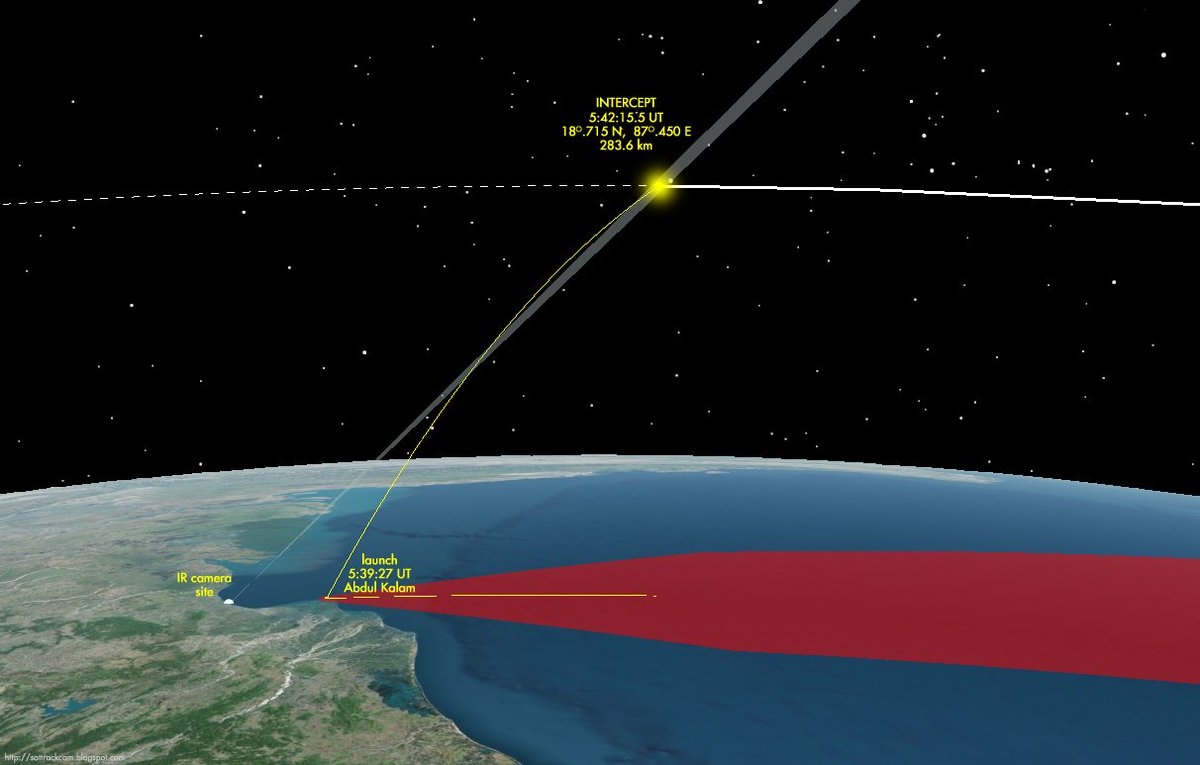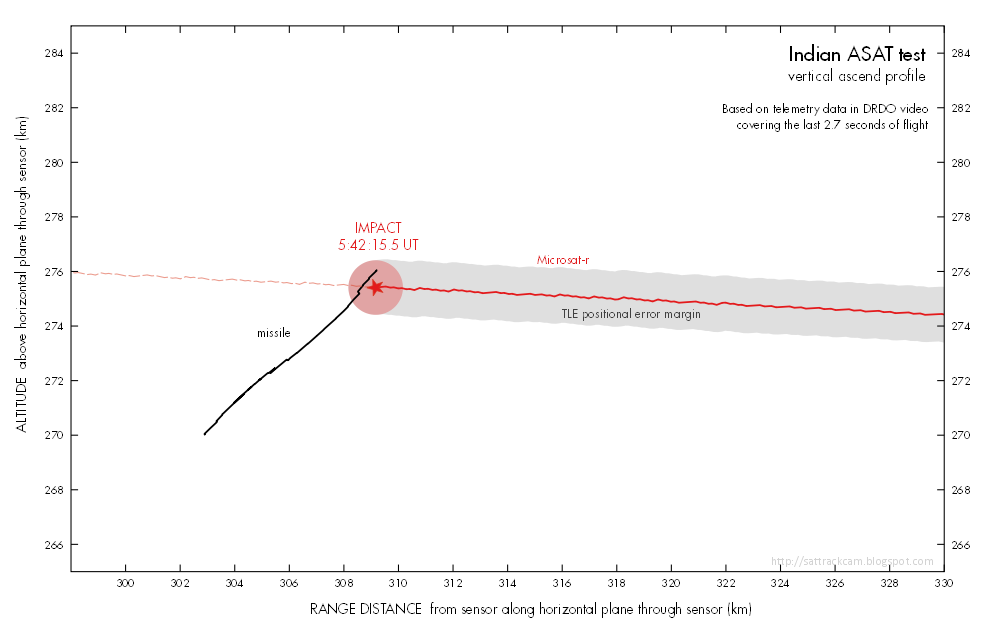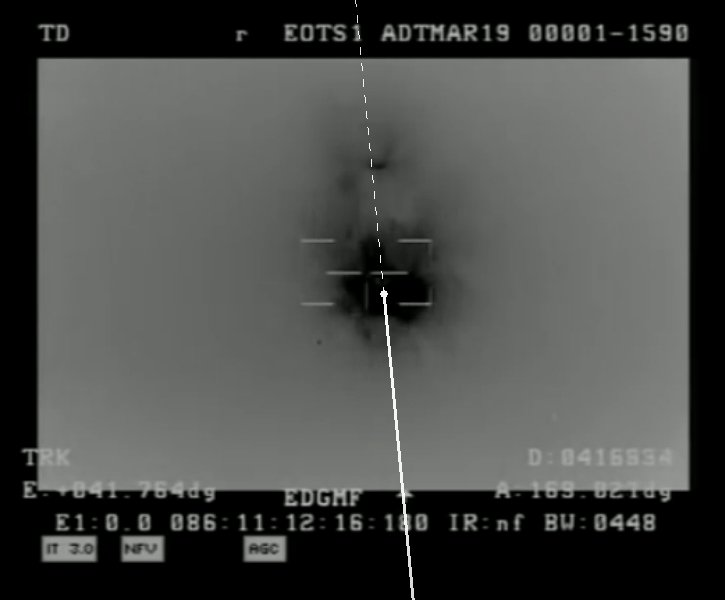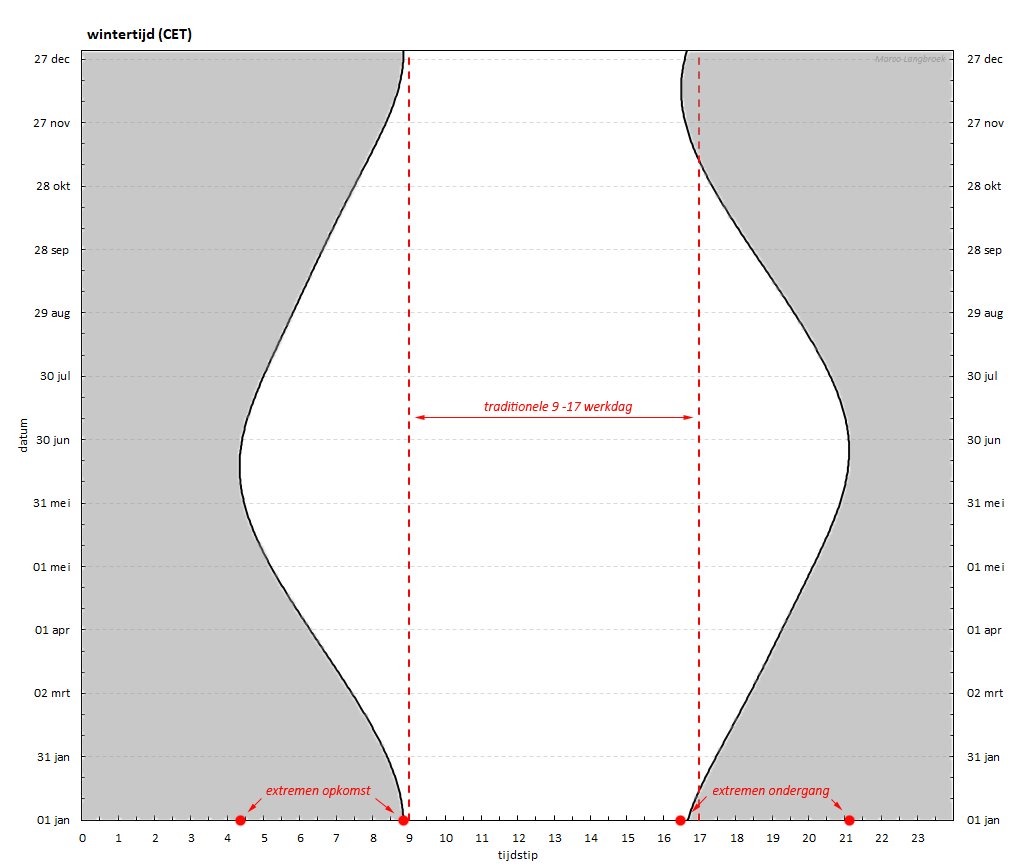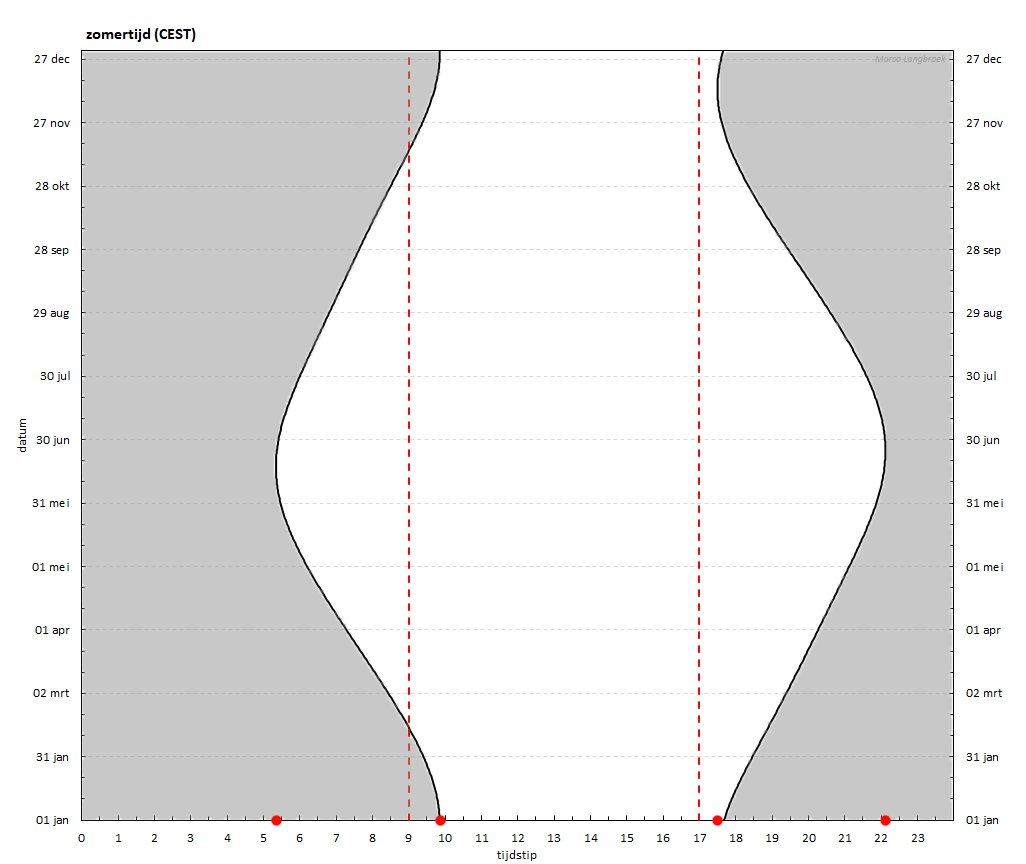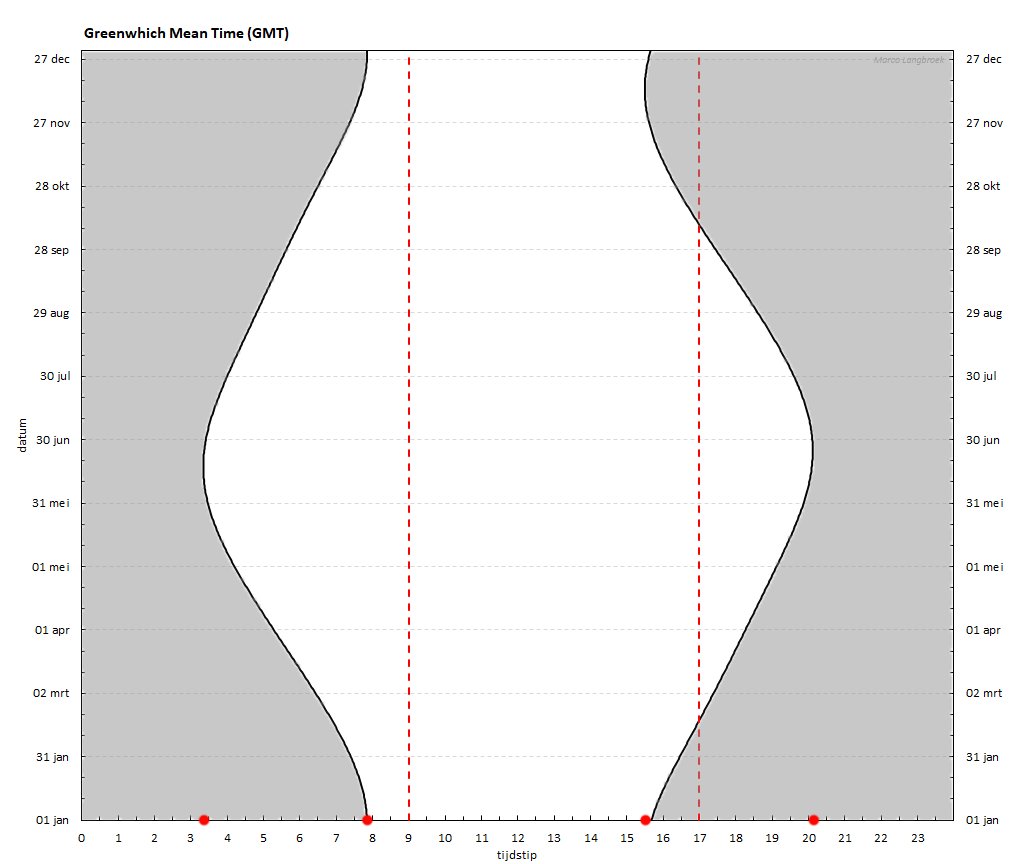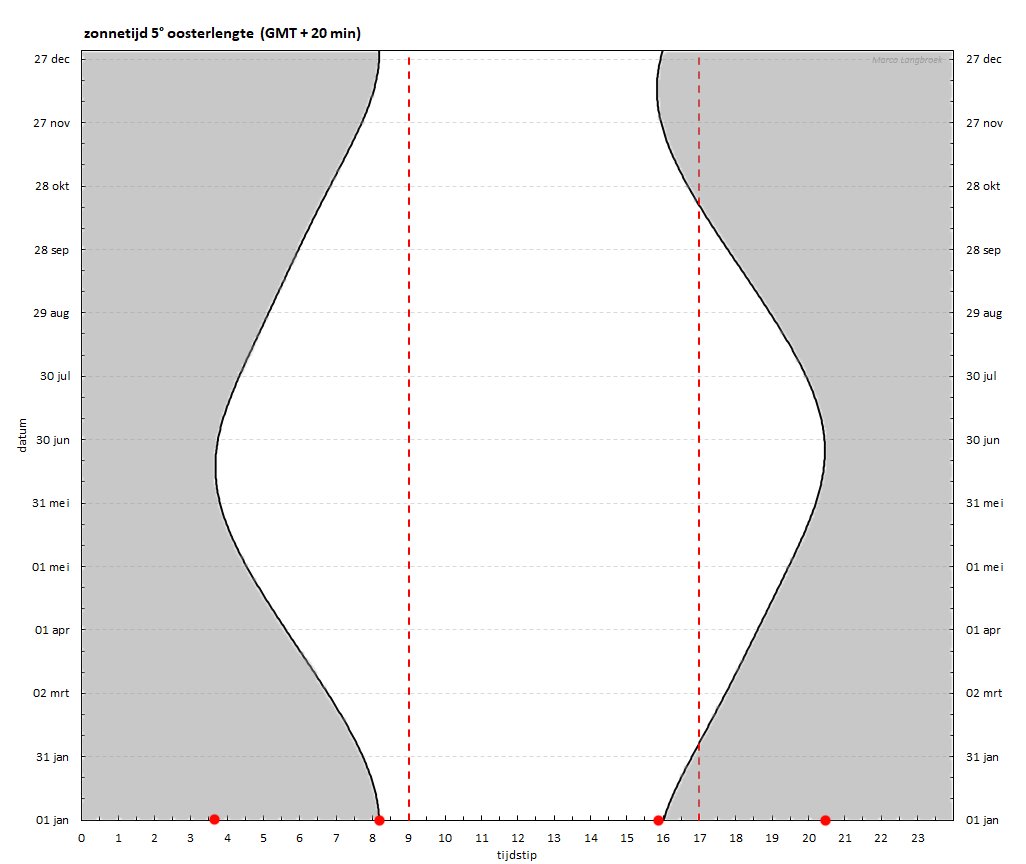On 10 September 2013, German photographer @JanHattenbach was making a photographic time-lapse of the night sky at the island of La Palma, when something odd streaked through his view. Here is a time-lapse movie of the event, courtesy of Jan:
vimeo.com/335978703
At the time, as Jan was wondering what he photographed exactly, I suggested that this might be a ballistic missile test. Which was shortly after confirmed, when the US Navy acknowledged a Trident-II 5D #SLBM test that night.
At that time we managed to identify a Maritime Broadcast Warning for the RV target area in front of the African coast. It was while searching for more Trident test related Broadcast Warnings last week, that I bumped into another Broadcast Warning for this test, one (cont.)
But there is more: the images by @JanHattenbach from La Palma can be used to gain further information about the #apogee altitude of the test!
From the ground track, we can calculate the theoretical sky track as seen from La Palma for ballistic trajectories for several apogee altitudes, and see which one fits best with the actual observations. I astrometrically measured all the images to get sky positions.
The apogee of 1800 km is somewhat higher than the 1200 km typically quoted. That might be due to this test not having been aimed for maximum range. This means the trajectory had to be "lofted' somewhat, if the same missile velocity as for maximum range is used.
With the same velocity impulse as the 10 Sept 2013 test, but less "lofted", I get a maximum range of ~10 300 km, and then the apogee reached is the 1200 km frequently quoted.








